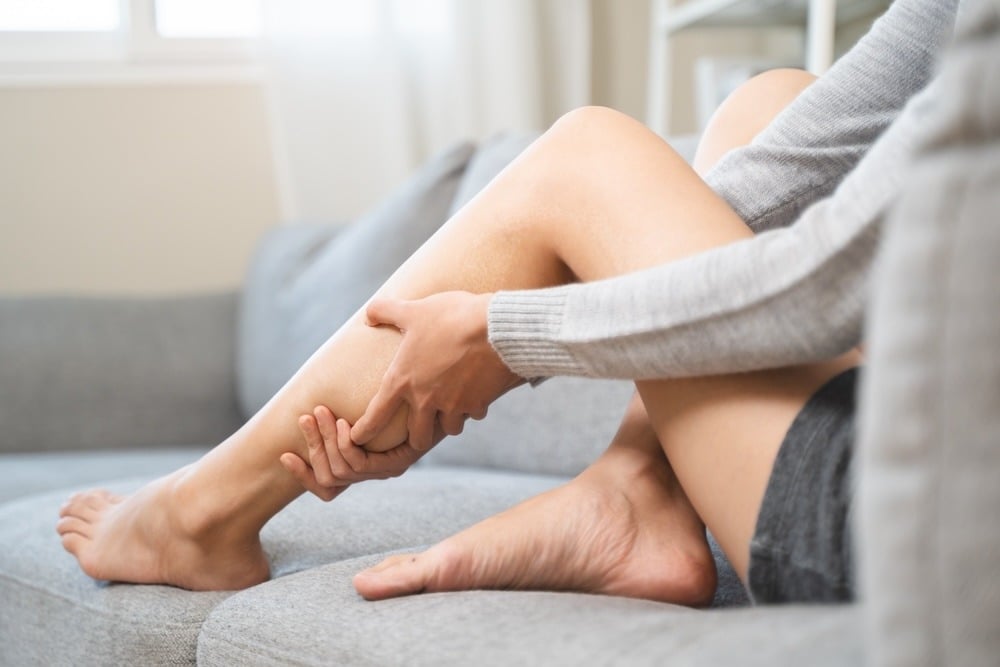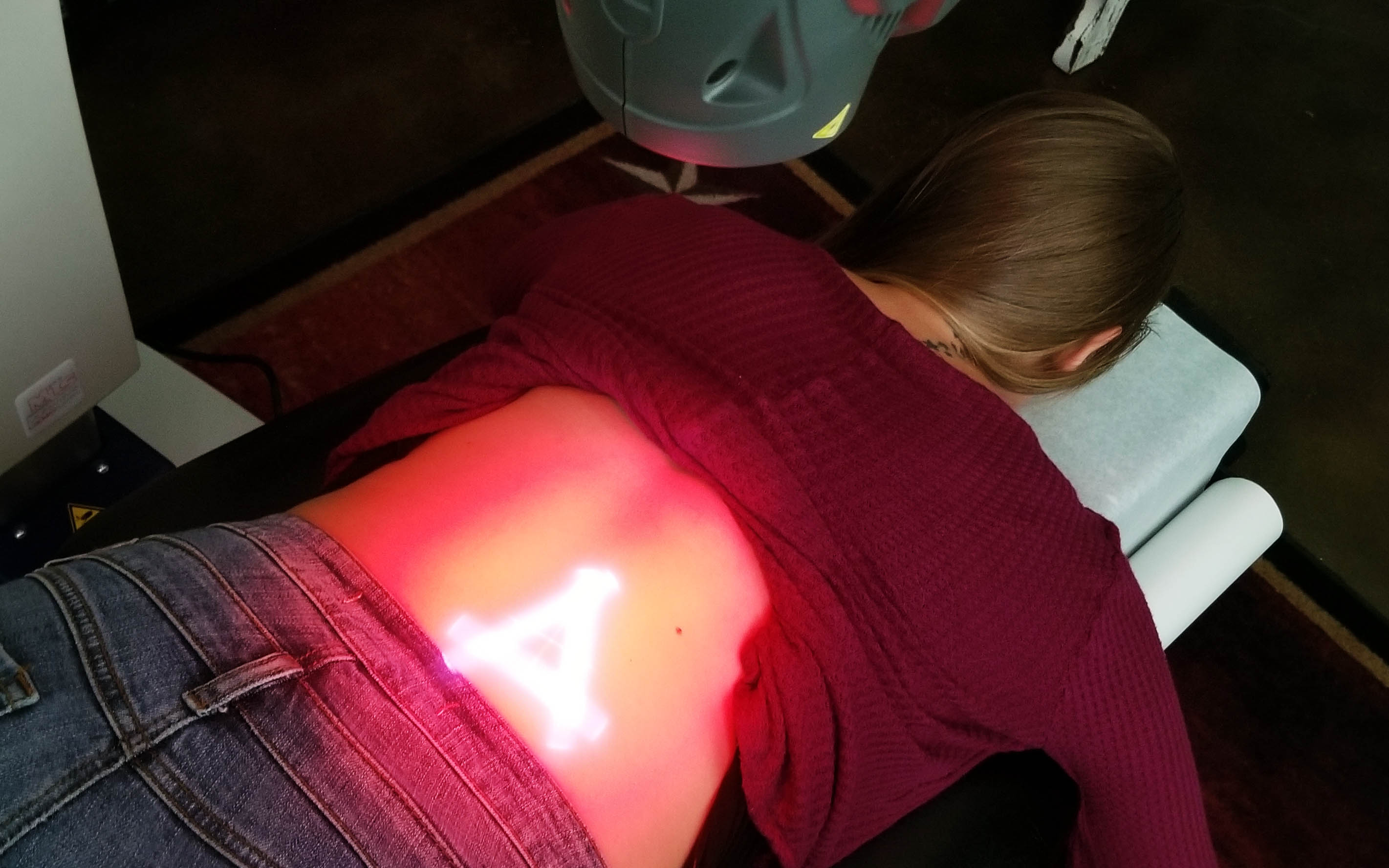Muscle Spasms: Causes and Chiropractic Treatments
3 min read

Have you ever felt your back, neck, or leg muscles suddenly tighten up, causing you pain? Most likely it’s a muscle spasm, also known as a muscle cramp. These sudden, involuntary muscle contractions can stop you in your tracks because they’re so painful.
While the pain may come and go, it can certainly make it hard to enjoy your favorite activities. Understanding muscle spasms and how they can be managed, particularly through chiropractic care, will help you find relief and even prevent them from returning.
How Do You Know It’s a Muscle Spasm?
A muscle spasm is an unexpected and involuntary contraction of a muscle or group of muscles. During a spasm, the affected muscle tightens and becomes hard, often resulting in a sharp or cramping pain. They can last from a few seconds to several minutes and may occur every once in a while or repeatedly. You may feel, or see, the muscles flex and relax during a spasm.
Muscle spasms can vary in intensity and include some or all of the following:
- Sudden Pain: A sharp, cramping pain that can be severe and debilitating.
- Tightness: The muscle may feel tight or hard to the touch.
- Involuntary Contraction: You may notice the muscle visibly twitching or moving on its own.
- Limited Movement: The affected muscle may be difficult to move or stretch during a spasm.
- Swelling or Bruising: In some cases, the area around the spasm may become swollen or bruised.
After the spasm, you might notice muscle fatigue, weakness, or soreness.
Common Causes of Muscle Spasms
You may be surprised to learn that there are quite a few things that can contribute to muscle spasms, including:
- Dehydration: Inadequate fluid intake can lead to imbalances in electrolytes, causing muscle cramps.
- Overuse or Strain: Intense physical activity or muscle overuse can lead to spasms.
- Poor Posture: Prolonged poor posture can strain muscles, leading to spasms.
- Nutritional Deficiencies: Lack of essential nutrients like potassium, calcium, or magnesium can contribute to muscle cramps.
- Injury: Muscle injuries or trauma can lead to spasms as the muscle responds to the damage.
- Medical Conditions: Conditions such as diabetes, multiple sclerosis, or peripheral artery disease can increase the risk of muscle spasms.
Just about anyone can experience muscle spasms although they tend to become more common as we age. Athletes, pregnant women, and people who are obese are also more likely than others to experience spasms.
How Chiropractic Care Can Help Manage Muscle Spasms
The goal of chiropractic care is to bring relief by finding the root cause of the pain. While the muscles will be treated, your chiropractor will also look for what’s causing the pain. It could be as simple as finding a way to stay more hydrated or better posture while sitting at your desk.
Chiropractic muscle spasm treatments include:
1. Cold Laser TherapyCold laser therapy, also known as low-level laser therapy (LLLT), involves the use of low-intensity lasers or light-emitting diodes (LEDs) to stimulate healing and reduce pain. The therapy can help decrease inflammation and promote tissue repair in the affected muscle. By targeting the area with laser light, cold laser therapy can reduce muscle spasms and speed up the recovery process.
2. Electrical Muscle Stimulation (EMS)Electrical Muscle Stimulation (EMS) involves applying electrical currents to the muscles through electrodes placed on the skin. This treatment helps to stimulate muscle contractions, which can reduce muscle tension and spasms. EMS can also aid in muscle relaxation and improve blood circulation, further assisting in the relief of muscle spasms.
3. Myofascial Acoustic Compression TherapyMyofascial Acoustic Compression Therapy uses acoustic waves to target trigger points and tight areas within the muscle fascia. This therapy helps to break up scar tissue and release muscle knots, which can be a source of muscle spasms. By addressing the underlying causes of muscle tightness, this treatment can effectively alleviate muscle spasms and improve overall muscle function.
4. Spinal AdjustmentIf the pain is in your back and neck, an adjustment of the spine can help align your muscles and joints so they’re less likely to spasm.
There may be some stretches and exercises you can do at home to help you continue to find relief. The chiropractor will let you know what to do based on where you’re experiencing muscle spasms.
Get Muscle Spasm Pain Relief at Village Chiropractic for Your Care
An occasional muscle spasm happens. But if they continue, it’s a good idea to schedule an appointment with our chiropractors in The Woodlands. We’ll help you get relief by relaxing the muscles as well as help you find the source of the problem so you can fix that too!
More from Our Blog on This Topic
2 min read




